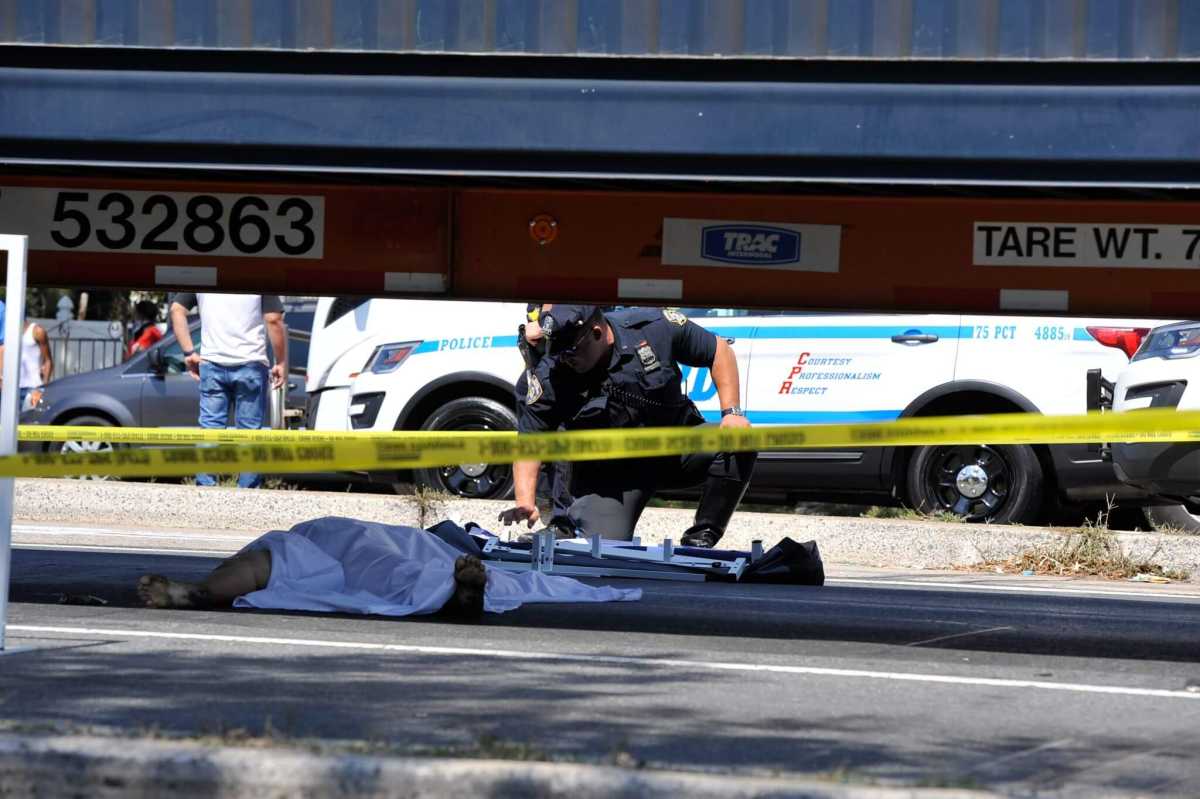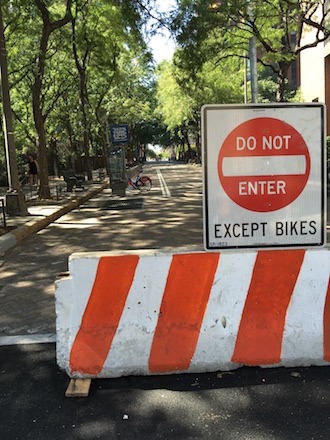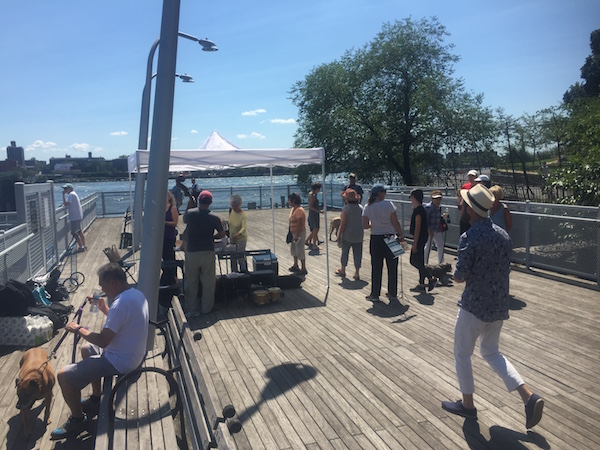Out of 111,000 traffic crashes in 2020, NYPD’s Collision Investigation Squad only investigated a small fraction of incidents resulting in critical injuries, department brass told City Council members during a Wednesday hearing.
Of about 4,000 cases with critical injuries, CIS launched an inquiry into only 374, NYPD Transportation Chief Kim Royster told Councilman Ydanis Rodriguez in consideration of his bill that would move collision investigation into the purview of the city Department of Transportation.
“The number of men and women in the Collision Investigation Unit is not enough to investigate all the crashes that we have in the city of New York. For years, I have been calling to double that number so that among the 44,000 crashes that we have, we will have enough man and woman power to investigate,” Rodriguez said. “So regardless of the outcome of this hearing, regardless of how we will change this unit, the reality is – and that’s what I’m calling for today is that the number of men and women in this unit must be doubled.”
About 245 people died in crashes in 2020, according to figures provided to the Transportation Committee, and only 22 detectives are assigned to the CIS unit currently. Up to 110 investigations resulted in arrests.
Ultimately, Rodriguez’ bill seeks to see more collisions investigated throughout the city.
“That’s cases where you have probable cause to make an arrest, whether you have the number of people [CIS] has today or whether [CIS] has 5,000 people assigned, it won’t change the fact that probable cause making arrest doesn’t exist,” NYPD Deputy Commissioner Oleg Chernyavsky said. ” We can only make an arrest where there is probable cause, and we work with our district attorneys to present all of our evidence to see where we have probable cause, so they can adequately prosecute somebody if a case can be prosecuted. Then we can make an arrest, so that’s the issue.”
But both NYPD and DOT seemed to see eye-to-eye on attributing wrecks to street design to alone in some cases.
While Chernyavsky said that CIS investigators are not street design experts, DOT Deputy Commissioner Margaret Forgione told the committee that some crashes simply cannot be prevented by street design alone. Forgione said the agency opposes the bill on the grounds that it would transfer a distinctly criminal investigation function to a non-law enforcement apparatus of government that DOT depends upon.
“The unit would also need to determine whether changes to street design or improvements to infrastructure and reduce the risk of subsequent serious vehicular crashes and make recommendations for changes at the crash location or citywide,” Forgione said. “It is critical that DOT retain the discretion to prioritize such enhancements where they would have the greatest safety benefit, and to determine which locations to study and change. Not every traffic fatality can be prevented with street redesign or new infrastructure. And not all interventions and locations yield the same results.”
If passed, the bill which has the support of Council Speaker Corey Johnson and Councilman Brad Lander, author of the Reckless Driver Accountability Act, would go into effect immediately.







































